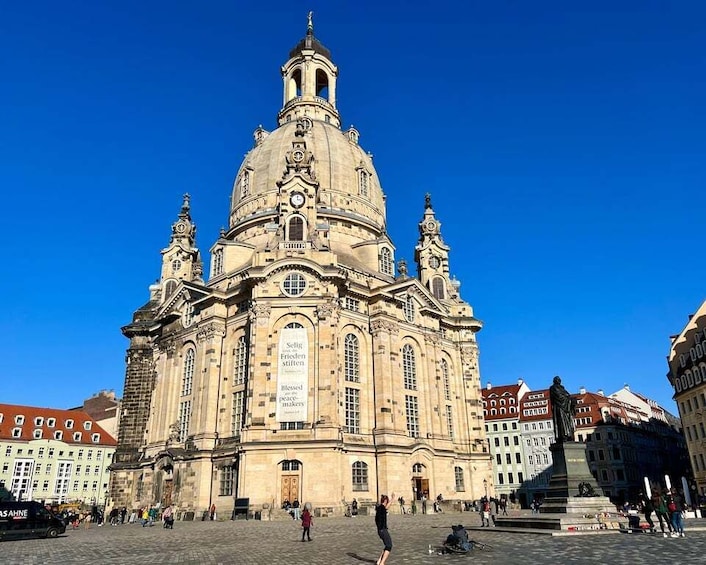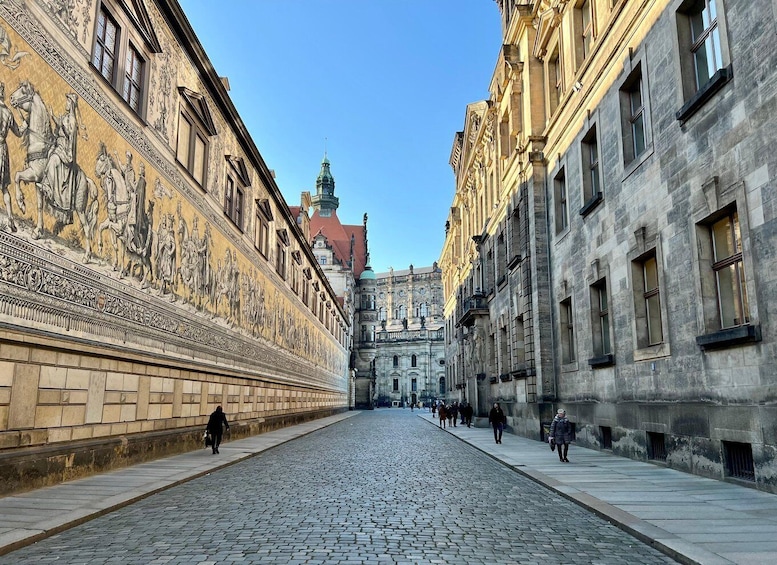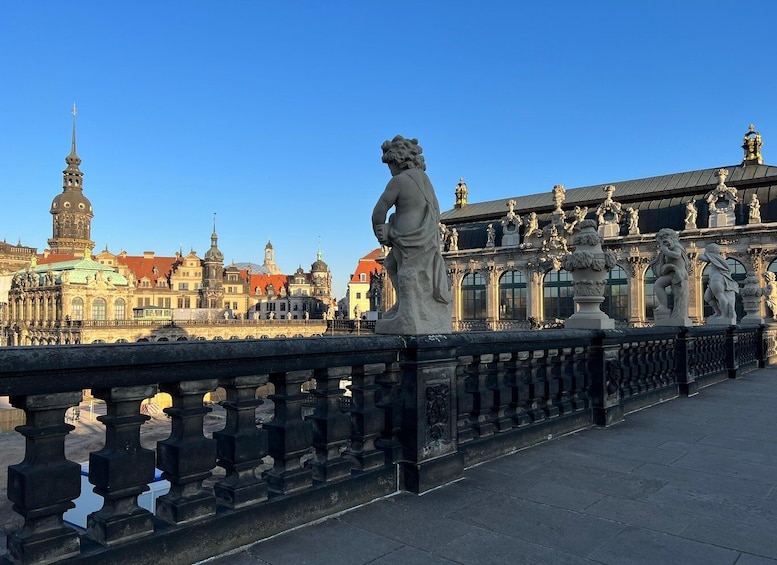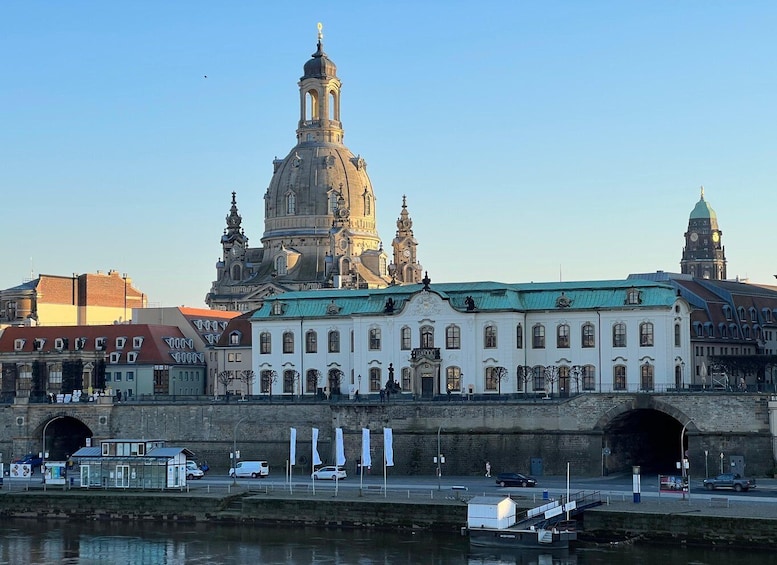Elbe is often described as the line dividing the Germanic and Slavic civilizations of old – we would argue and claim that it actually connects them, and you can feel that in Dresden. The city was once a small Slavic settlement and so its name sounds very familiar to anyone speaking Czech, Slovak, Polish or Sorbian. A small village turned into a city built around a castle in the 13th century and grew into one of the most important trading centers of the region at the end of the Middle Ages. One of the sources of its prosperity was silver and lead mined in the nearby Rudavy mountains. It was also then, at the end of the 15th century, when Dresden was elevated to become the seat of the Holy Roman Empire’s prince-electors. But it wasn’t until the early 1700s, when it really started to shine. It was then when the Saxon princes of the Wettin dynasty were elected Kings of Poland and Grand Dukes of Lithuania and Dresden gained its almost imperial grandeur. Zwinger Palace, Frauenkirche and the redesigned Dresden Castle are only a few pearls among dozens of baroque structures adorning the panorama.
Yet, it was not to last forever. The events of the 20th century, Nazi domination and subsequent World War 2 left the city famously bombed to the point beyond recognition. However, unlike many of its Western German counterparts, the city centre of Dresden was painstakingly restored using old techniques and design elements and now, together with Warsaw, its stands as the most impressive example of historical reconstructions in Europe. So much so that while walking along its cobbled streets, you might not even notice that it’s all… new.
On our tour, we will present you with the history of the city and its current lively face. We will be sure to make you understand how the Germanic organization merged with Slavic hopeless romanticism to form one of a kind Central European fusion.
On this tour, you will see:
Neumarkt & Frauenkurche with the staue of Martin Luter
Fürstenzug – the gallery of the prince-electors of Saxony
Dresden Castle
Altmarkt – Kreuzkirche – palace of culture
Brühlsche Terrasse
Hofkirche
Semperoper
Zwinger Palace near the Elbe bridge




